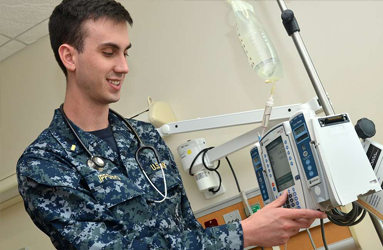National Center for Rehabilitative Auditory Research (NCRAR)
Frequently Asked Questions

How often should exams be scheduled?
Monitoring evaluations are conducted prior to each dose for chemotherapy patients and one to two times per week for patients receiving ototoxic antibiotics. Monitoring and appropriate referrals for further auditory and vestibular testing also are warranted any time a patient reports increased hearing difficulties, tinnitus, aural fullness, or dizziness. Post-treatment evaluations are necessary to confirm that hearing is stable, because ototoxic hearing loss can occur up to 6 months following drug exposure.
How should the frequency of exams change based on the type of patient and severity of their condition?
It is recommended that the basic ototoxicity monitoring protocol be followed and additional testing be added as needed in order to meet the patient-centered goals set by each provider. For the basic Ototoxcity Monitoring protocol, refer to the 1994 ASHA guidelines.
How and when should patients be tested before, during and after their treatments?
Ototoxicity is determined by comparing data from the baseline evaluation before ototoxic treatment to test results achieved during or after treatment. Baseline evaluations can occur no later than 24 hours following the initial administration of chemotherapeutic drugs and no more than 72 hours following initial administration of aminoglycoside antibiotics. Monitoring evaluations amid treatment are usually performed prior to each dose for chemotherapy patients and one to two times per week for patients receiving ototoxic antibiotics. Post treatment evaluations should be done 6 months following the end of exposure to ototoxic drugs to confirm that hearing is stable.
What populations are currently at the greatest risk for ototoxicity (risk factors and relevant medical history)?
Patients taking known ototoxic drugs are at the highest risk for ototoxicity. Other risk factors include, co-administration of multiple ototoxic agents, poor general health (low blood cell counts), poor renal health, family history of ototoxicity, current auditory health, and age (neonatal or elderly are at higher risk). Risk models can take into account all known risk factors a patient has and estimate potential damage from ototoxicity. Research is ongoing to determine additional risk factors that could affect patients hearing health.
1. Ototoxicity Monitoring in Pediatric Populations
2. Link to Childhood Cancer Hearing Loss PFDD Meeting (full conference video)
- Select video (featuring Colleen) from the Childhood Cancer Hearing Loss Meeting



















